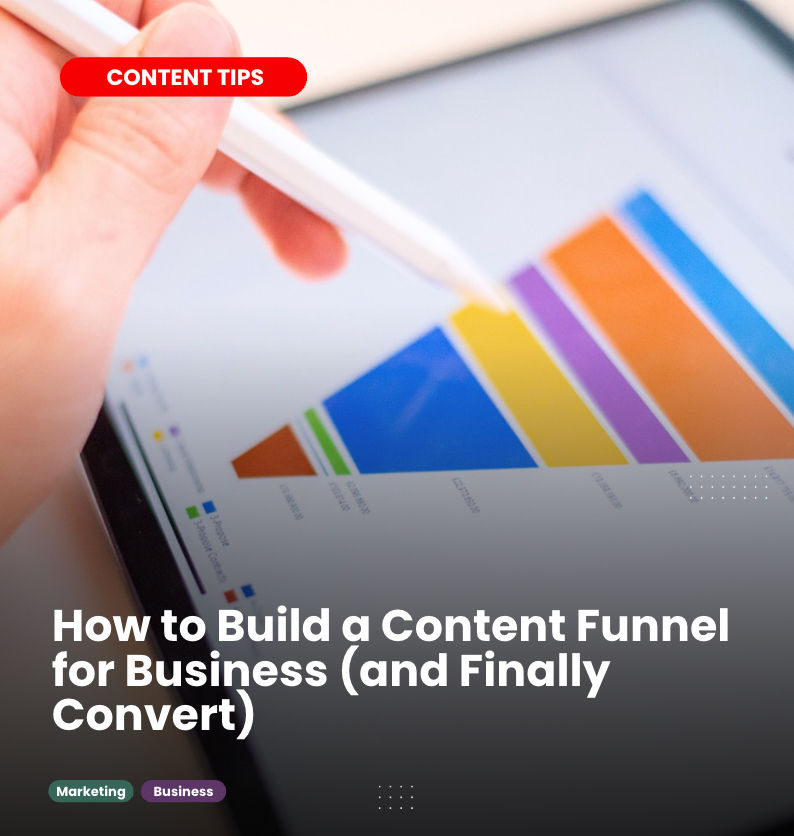How to Build a Content Funnel for Business (and Finally Convert)
- D. Hudson-Tolbert
- 7 days ago
- 2 min read
The Content Sales Disconnect
You’re posting consistently. You’ve got videos, blogs, maybe even a podcast. But when you look at the numbers, there's no new leads, no uptick in sales. Sound familiar?

This happens because most content is built for visibility, not for conversions. Visibility is great, but if your content doesn’t connect the dots to your offers, you’ll stay stuck at “brand awareness” instead of revenue growth.
Common Reasons Your Content Isn’t Converting
No clear business content strategy You’re creating content in the moment instead of following a roadmap. Without strategy, it’s just noise.
Lack of alignment with buyer journey Content often speaks too generally, never guiding the audience toward a decision.
Too much education, not enough invitation You may be giving tons of information without showing how your solution creates real transformation.
No strong calls-to-action (CTAs). Content without CTAs won’t convert. Period.
How to Fix It: Build a Sales-Driven Content Funnel for Business
Before I jump into all the steps, let's first get on the same page about content funnels.
A content funnel isn't just a marketing tactic; it's a strategic way to build relationships and show clients that you understand their needs from the very first interaction.
Think of a content funnel for business as your company's sales pitch, but instead of one big, overwhelming speech, you break it down into a series of helpful, easy-to-digest pieces of information. It's how you guide a potential customer from just hearing about you to becoming a loyal client.
There are 3 stages:
Awareness - The "hey, we can help with that" stage.
Consideration or Nurturing - The "here's how we do it" stage
Conversion - The "buy here" stage
Let's Build Your Content Funnel
Start with the end in mind. Every piece of content should lead back to an offer, service, or conversion point.
Map content to your sales funnel. Create awareness posts, trust-building posts, and conversion-driven posts. They should flow together like stepping stones.
Shift from content creation to content marketing. Marketing means intentional distribution—getting the right message in front of the right people at the right time.
Measure what matters. Likes and views are vanity metrics. Track leads, consultations, purchases, and sign-ups. That’s the data that tells you if your content is working.
The Bottom Line
Content should be more than “showing up online.” It should be working for you and bringing in leads, nurturing trust, and driving sales.
The goal isn’t just content creation; it’s content that converts into clients and customers.







Comments